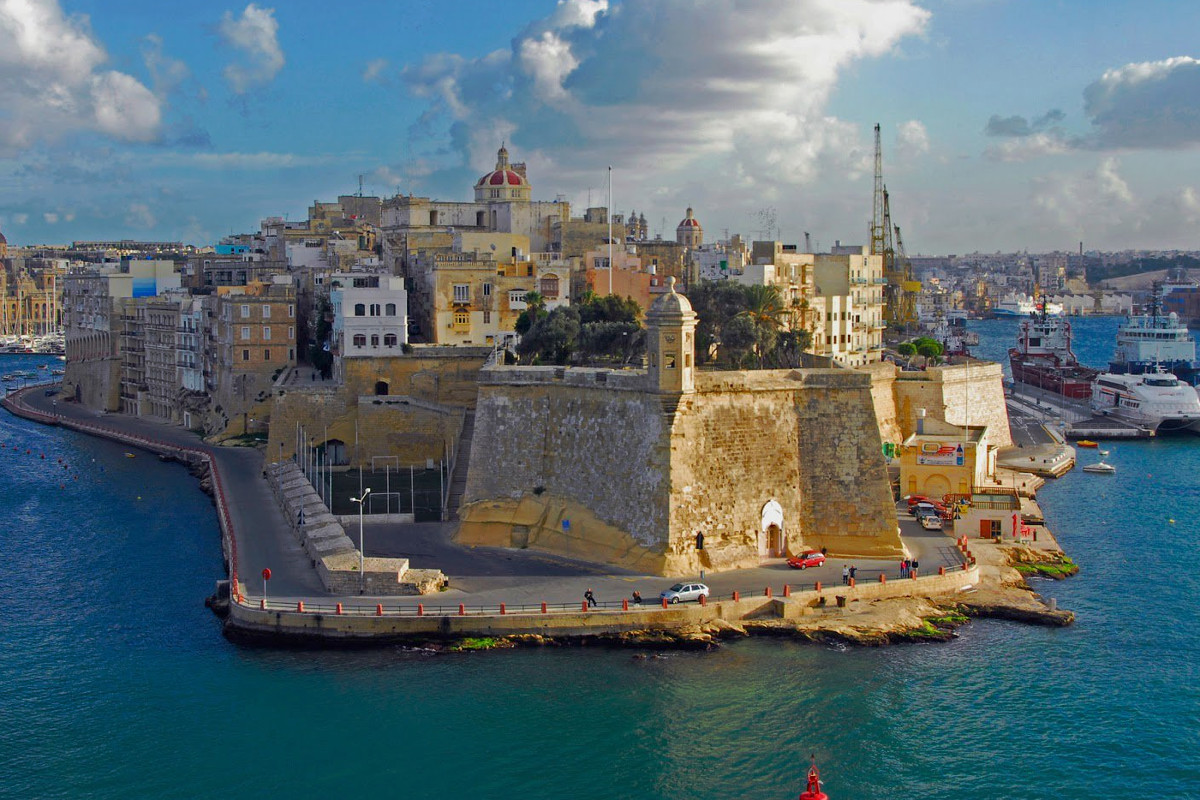The city was renamed by the Knights of St. John because of the brave ('conspicuous') role played by its people during the Great Siege of 1565. Most of Cospicua's shoreline is taken up by the older dockyard - an area now being restored and developed as a marina. The city suffered extensive damage during World War II and although rebuilt, it has fewer inhabitants than in the pre-war years. Modern Cospicua is an important market centre in the heart of the docklands. The main building of cultural interest is the Collegiate Church of the Immaculate Conception, which is rich in exquisite works of art. The Firenzuola Fortifications, built in 1638, and Margherita Lines, part of the inland defences the Three Cities, are major landmarks. The Margherita Lines are in fact the only part of old Cospicua which survived World War II. SENGLEA (L-ISLA) This small city, one of the so-called Three Cities, stands on a narrow promontory jutting into Grand Harbour.

The land was fortified in 1551 by Grand Master Claude de la Sengle. The Maltese often use the area's earlier name, L-Isla, meaning the island or perhaps short for `peninsula'. During the Great Siege of 1565, Senglea was protected by Fort St. Michael on its landward side and by Fort St. Angelo on the tip of Vittoriosa across the creek. The heroic role played by its people led Grand Master Jean de la Valette to give the city the title of Citta' Invicta, the invincible city. Like its sister cities, Senglea suffered heavy damage during World War II. More than 75 percent of its buildings were destroyed. The parish church dedicated to the Nativity of the Madonna was rebuilt and retains its artistic heritage. The city is noted for its superb harbour views across to Valletta from Safe Haven Gardens at Senglea Point. The stone vedette, known as Il-Gardjola, on the bastion-point served as a look-out post to guard the harbour entrance.

The sculptured eye and ear above its windows are symbols of vigilance. VITTORIOSA (BIRGU) Vittoriosa, or Birgu, one of the Three Cities, lies on one of the promontories jutting into Grand Harbour, opposite Valletta. At its tip is Fort St. Angelo, perhaps the oldest fortification on the Islands. The strategic position of both fort and city over the millennia has led some to call this area `the cradle of Maltese history'. Certainly settlers and rulers from the Phoenicians to the British all made use of the defences here. To honour the part played by the city of Birgu, Grand Master La Valette renamed it Civitas Vittoriosa, `Victorious Town'. Vittoriosa was the first home of the Knights when they arrived in 1530. As such, it contains many important architectural riches. The Knights `auberges' (inns of residence), palaces and churches here are older than those in Valletta. Highlights include the Church of St. Lawrence, designed by Malta's most prominent baroque architect, Lorenzo Gafa', the Inquisitor's Palace, Fort St. Angelo and the Maritime Museum.




